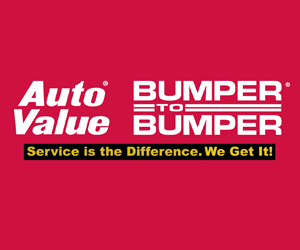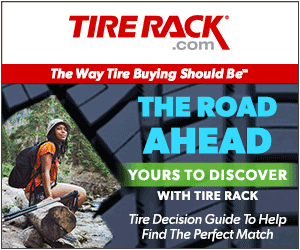2023 Nissan Z
Modern Performance, Retro Inspired
Most people would agree that the original Nissan 240Z was the car that legitimized Japanese sports cars here in America. But much has changed over the last 50-years, a small sporty coupe is certainly not as popular they once were, and the Z went from leading that pack to barely remembered. So it’s Time to see what kind of an impact an all-new Z car will have in the modern performance car landscape.
If you’re old enough to remember the original Datsun 240Z, congrats, you’ve lived a full and hopefully rewarding car enthusiast life; as did the last generation Nissan 370Z. It saw a full 12-years before quietly slipping away in 2020. The new 2023 Nissan Z does away with the numbers in the name; fitting, as this car is about much more than just numbers.
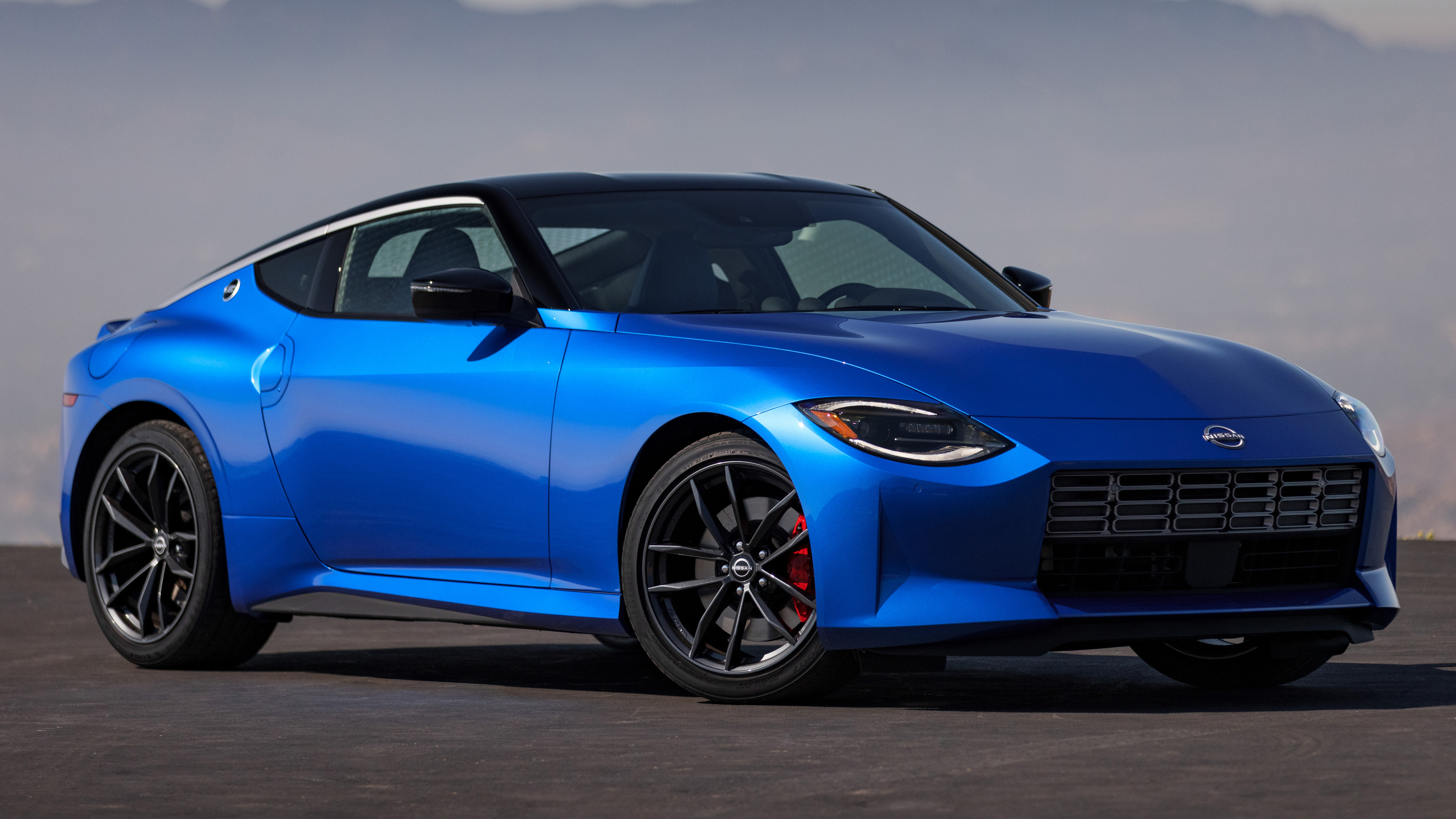 The family lineage of this 7th generation Z is obvious, without any further review required; as there’s less of a design theme and more of a greatest hits collection of previous Zs. There’s the long nose of the original, eye-like headlights of the 240ZG, and taillights reminiscent of the 90’s 300ZX; plus, a subtle hood bulge and black roof; though sorry, no T-tops.
The family lineage of this 7th generation Z is obvious, without any further review required; as there’s less of a design theme and more of a greatest hits collection of previous Zs. There’s the long nose of the original, eye-like headlights of the 240ZG, and taillights reminiscent of the 90’s 300ZX; plus, a subtle hood bulge and black roof; though sorry, no T-tops.
Same exact wheelbase as before, but there’s a new chrome roof spear, and either 18 or 19-inch wheels.
Available in Sport and Performance specs, it’s the Performance that gets the 19-inch wheels along with a mechanical limited slip differential, more aggressive suspension tune, sport muffler, front chin spoiler and rear spoiler.
But, the Z launches with this special Proto Spec edition, limited to just 240 units. It sports unique 19-inch wheels, yellow brake calipers, upgraded leather seating, yellow trim, and even a distinctive shift knob.
The really good news is you don’t have to pay any extra to get max power. All Z’s come with a 3.0-liter twin-turbo V6. It’s not the first turbo-charged Z, but it is the first Z to come exclusively with boost; rated at 400-horsepower and 350 lb-ft. of torque. And yes, it’s the same VR30DDTT engine you can get in Red Sport Infiniti’s.
That’s a substantial jump over last gen’s standard 332–horsepower; and with those turbos, torque delivery is noticeably more intense.
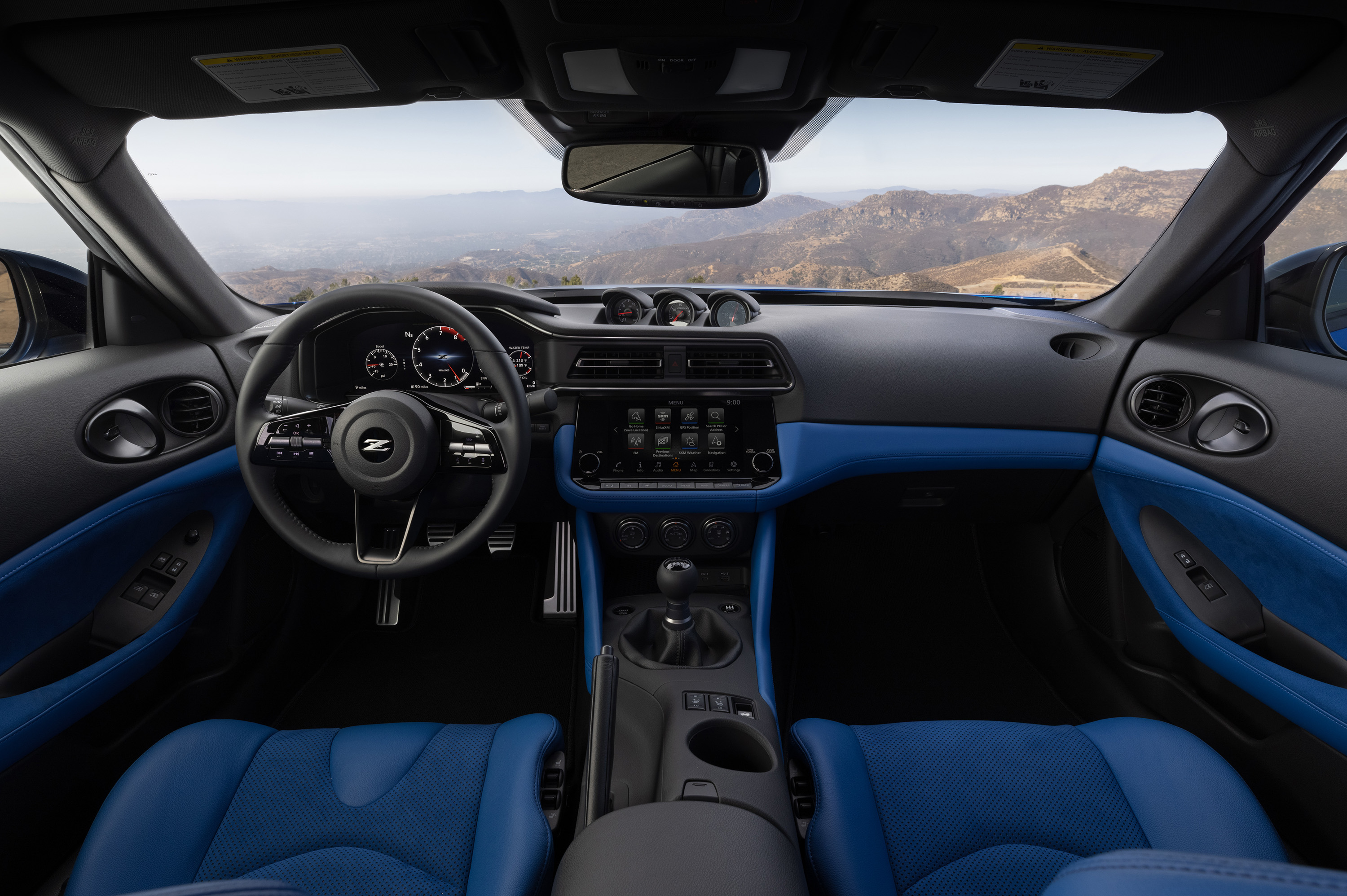 The interior is far more modern than retro, with a center multimedia screen that is either an 8 or 9-incher, while the gauge display is more than 12-inches. Though we were glad to see they still incorporate a trio of analog dials on top of the dash, because who doesn’t like to monitor turbo speed?
The interior is far more modern than retro, with a center multimedia screen that is either an 8 or 9-incher, while the gauge display is more than 12-inches. Though we were glad to see they still incorporate a trio of analog dials on top of the dash, because who doesn’t like to monitor turbo speed?
In the console, is either a short-throw shifter for the 6-speed manual; or an electronic gear selector for the 9-speed automatic transmission.
We manually shifted our Z to the ¼-mile test grounds of Mason Dixon Dragway.
Even with the manual, there is launch assist to help you make a quick getaway; and putting it to use, got us to 60 in 4.5-seconds, 8-tenths quicker than the last NISMO tune 370Z we tested. The clutch is firm and the shifter is solid and works well, provided you don’t try and force it too aggressively.
The engine sounds precise and sewing machine-like more than raw powerful, but is feels hella torquey throughout the 12.9 second ¼-mile, which we finished at 108 miles-per-hour.
All of that torque makes for easy burnouts, but it also powered some quick trips through our handling course.
 It understeers early at turn-in, but power is smooth for providing the subtle inputs you need for maintaining a good pace. Compared to the Supra it feels softer but also less twitchy. The stability systems let you have quite a bit of fun before stepping in.
It understeers early at turn-in, but power is smooth for providing the subtle inputs you need for maintaining a good pace. Compared to the Supra it feels softer but also less twitchy. The stability systems let you have quite a bit of fun before stepping in.
Underneath is the same basic double-wishbone front and multi-link rear suspension setup from last gen, but tweaked of course, with revised geometry and upgraded monotube shocks.
Brakes were outstanding. Even with a slight bouncing motion, the 3,500-lbs. Z delivered consistent stops from 60 of just 104-feet.
All of this comes with greater comfort than before in both seating and ride quality for the drive home.
Government Fuel Economy Ratings for the manual transmission are 18-City, 24-Highway, and 20-Combined. We averaged a good 22.3 miles-per-gallon of Premium.
That’s only slightly below average for the Energy Impact Score; 14.9-barrels of annual petroleum consumption, with CO2 emissions of 7.2-tons.
Starting Price is only $41,015 for Z Sport; Performance is 10-grand more; undercutting the Toyota Supra by a significant margin. Limited Proto Specs are still available for $55,310.
While it doesn’t break any new ground, Nissan has done a fantastic job with the 2023 Z. They’ve captured the spirit of the original, while delivering a more than notable dose of modern performance, at a still realistic price. Even if the popularity of true 2-seat sports cars has given way to high-output SUVs and track-worthy compacts, it’s great to see brands like Nissan keep the faith. And, anyone with a little petrol still in their veins prays that they can do that for another fifty years.
Specifications
- Engine: 3.0L Twin-Turbo V6
- Horsepower: 400
- Torque: 350 lb-ft
- 0-60 mph: 4.5 seconds
- 1/4 Mile: 12.9 seconds at 108 mph
- 60-0 Braking: 104 feet (avg)
- EPA: 18 City / 24 Highway / 20 Combined
2024 Honda Ridgeline TrailSport
It Does Truck-Like Things Better Than Ever
Honda brought something truly unique to the pickup truck scene when their mid-size Ridgeline debuted for 2006. In 2017, it moved towards becoming a little more true truck-like, both in form and capability, now with yet another step in that direction for 2024. So, let’s see if the Ridgeline is really hitting its stride.
For 2024, it’s all about making this Honda Ridgeline better than ever. There are styling tweaks outside, along with tech and functional improvements inside, but the biggest news is the Ridgeline has now joined Honda’s TrailSport family of off-road inspired vehicles. This more-true-trucklike, second-gen Ridgeline been around since 2017, receiving periodic updates over the years; but joining the TrailSport family is the biggest leap yet.
Primarily, the TrailSport transformation includes General Grabber all-terrain tires, mounted on new Pewter Gray 18-inch wheels, steel underbody protection, and retuning the strut front, and multi-link rear suspension for added wheel articulation. And while we always appreciate the additional traction of off-road tires, the Ridgeline’s standard i-VTM4 all-wheel drive, with Intelligent Traction Management and snow, sand, and mud settings, was already quite capable of handling all but the most extreme off-roading, ground clearance of just 7.6 inches being it’s only real hinderance.
A 3.5-liter V6 remains under the hood as it has since the Ridgeline debuted for 2006; the current version outputs 280 horsepower and 262 lb-ft of torque, plenty enough muscle to handle its 5,000-lbs. towing capacity. A nine-speed automatic transmission with paddle shifters and bevy of push and pull buttons on the console replaced the six-speed automatic back in 2020.
In addition to adding TrailSport capability, a big focus for this update was making it more user-friendly inside, starting with the central touchscreen growing from 8 to 9 inches. It also gets faster processing speeds, menus have been simplified, and the native navigation system is improved with better graphics. It’s accompanied by a new digital instrument cluster, along with an upgraded center console with more storage space. Unique TrailSport touches include heavy duty floormats, leather-trimmed seats, orange stitching throughout the cabin, and orange ambient lighting.
The Ridgeline continues to offer things available nowhere else in the pickup truck market.
Exterior styling doesn’t exactly shout “macho big rig coming your way,” but the more vertical face and larger grille that arrived for 2021, along with this year’s added TrailSport elements, do continue to toughen up the Ridgeline’s image. The 5’4” bed remains highly functional with no large wheel well intrusions, multiple tie-downs points, lighting and even speakers. And of course, the Ridgeline continues to offer things available nowhere else in the pickup truck market, like the dual-action tailgate, and large, lockable, drainable, underbed storage. Not to mention being able to drive around in true car-like comfort, something we took full advantage of on our way to our Mason Dixon Dragway test track.
There was great grip off the line, with full power arriving smoothly but quickly, helping us to get to 60 in 7.0 seconds flat, a tenth quicker than the last Ridgeline we tested. That power delivery stayed fairly consistent the whole way down the track, barely interrupted by the nine-speed automatic’s smooth shifting. Our best quarter-mile run was 15.5 seconds at 90 mph.
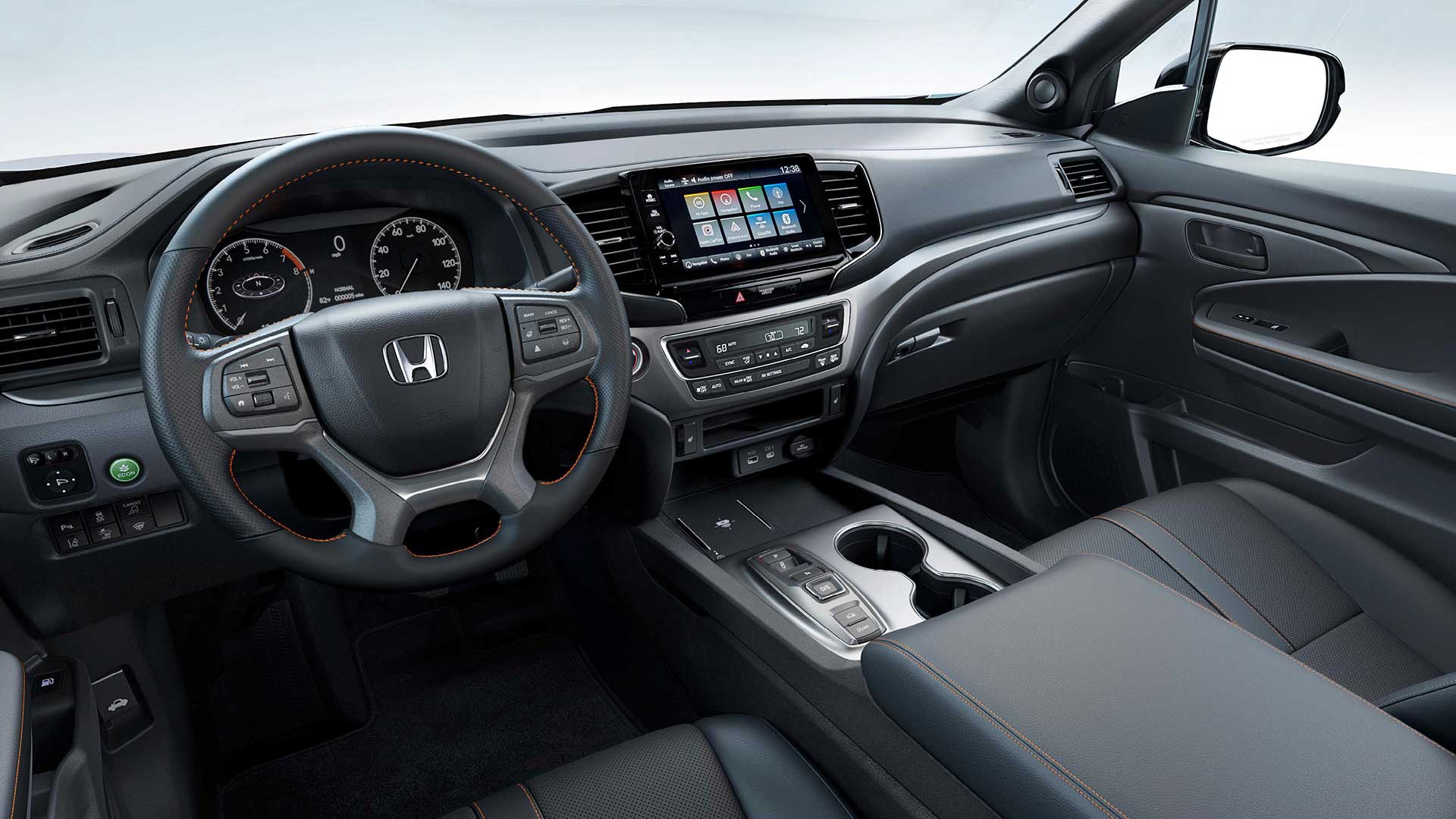
The revised suspension and knobbier tires didn’t really seem to add or detract from handling prowess, as it felt as solid, nimble, and car-like as it always has through our cone course. Perhaps a little less stiff than before, but good feedback, tight steering, and minimal body roll for a pickup, made for a very confidence inspiring experience. In our braking test, we stopped in a respectable average of 123 feet from 60, with only moderate amounts of nosedive and good feel through the pedal.
There is, however, a slight reduction in Government Fuel Economy Ratings with the all-terrain tires; 18-City, 23-Highway, and 20-Combined, our average, right on, at 20.4 mpg of Regular. That’s a slightly below average Energy Impact Score of 14.9 barrels of yearly oil use, with CO2 emissions of 7.4 tons.
TrailSport pricing falls in line just under the Ridgeline’s top Black Edition trim with a starting price of $46,375, about five grand over a base Ridgeline Sport.
So, whether you consider the Honda Ridgeline to be a “real” truck or not, this ruggedly smooth 2024 TrailSport does truck-like things better than ever. And we’re not just talking about the slight upgrade in off-road performance, we’re talking about a flexible bed to help you get chores done, and the ability to tow or haul with comfort and flexibility other trucks can only wish for. It’s why the Ridgeline brings more first-time buyers to Honda than any other vehicle, and why it continues to be a great choice in the growing midsize truck realm.
Specifications
- Engine: 3.5-liter V6
- Transmission: 9-speed automatic
- Horsepower: 280
- Torque: 262 lb-ft
- EPA: 18 City | 23 Highway | 20 Combined
- 0-60 mph: 7.0 seconds
- 1/4 Mile: 15.5 seconds at 90 mph
- 60-0 Braking (avg): 123 feet
- MW Fuel Economy: 20.4 mpg (Regular)
- Max Towing Capacity: 5,000-lbs





